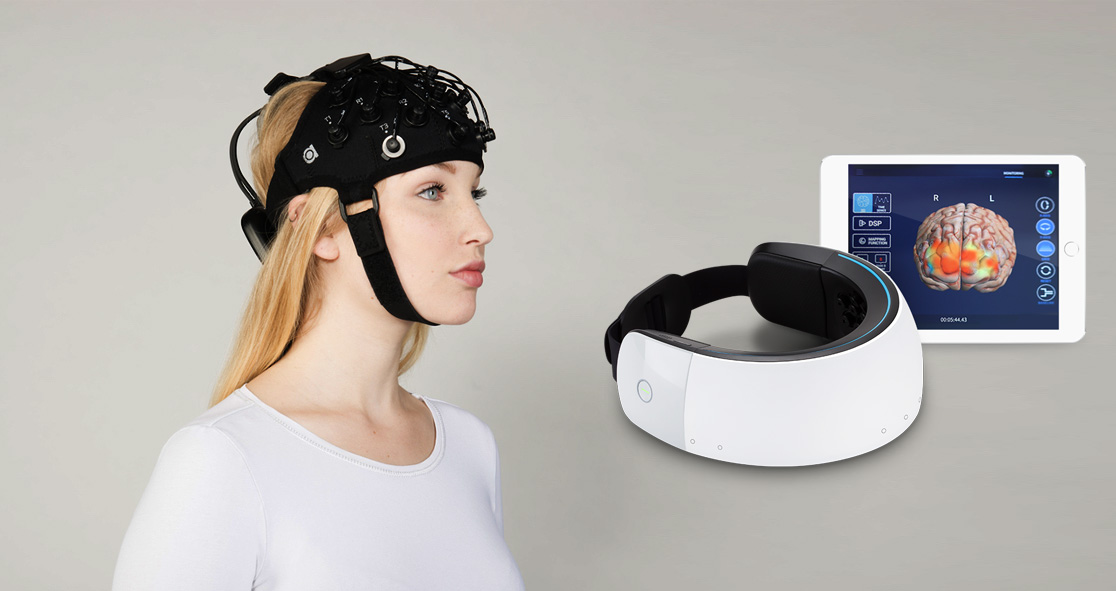A new Australian study published Wednesday in the open-access scientific journal PLOS ONE has shown that a technology known as functional near-infrared spectroscopy (fNIRS) can be used to detect tinnitus (ringing in the ears).
Dr. Mehrnaz Shoushtarian of The Bionics Institute, Australia, and her team published the study findings.
Tinnitus, a ringing or booming sensation in one or both ears, affects up to 20% of adults. If left untreated, it could lead to cognitive dysfunction, stress, and even depression. Unfortunately, there have been no clinically-used, objective ways to detect the presence or complexity of tinnitus.
The study researchers turned to fNIRS, which is a “non-invasive and non-radioactive imaging procedure that measures changes in blood oxygen levels within brain tissue,” according to Medical Xpress.
They used fNIRS to track certain activity in areas of the brain previously associated with tinnitus. The team collected fNIRS data in the resting state, in response to auditory and visual stimuli in 25 people who had chronic tinnitus and 21 others who had no tinnitus. The volunteers were also assessed for the severity of their tinnitus with the help of the Tinnitus Handicap Inventory.
The researchers found that fNIRS revealed a statistically substantial difference in the connectivity between those areas of the brain in people with and without tinnitus. They also found that the brain’s response to both auditory and visual stimuli dampened among patients who had tinnitus.
Upon using a machine learning approach, the researchers could differentiate people with mild tinnitus from those with moderate to severe tinnitus with more than 87% accuracy.
The researchers concluded that fNIRS could be one of the feasible ways to detect tinnitus so doctors can assess new treatments or monitor their efficacy.
“Much like the sensation itself, how severe an individual’s tinnitus is has previously only been known to the person experiencing the condition,” the authors wrote.
“We have combined machine learning and non-invasive brain imaging to quantify the severity of tinnitus,” they added. “Our ability to track the complex changes that tinnitus triggers in a sufferer’s brain is critical for the development of new treatments.” The article originally appeared on Medical Xpress.























